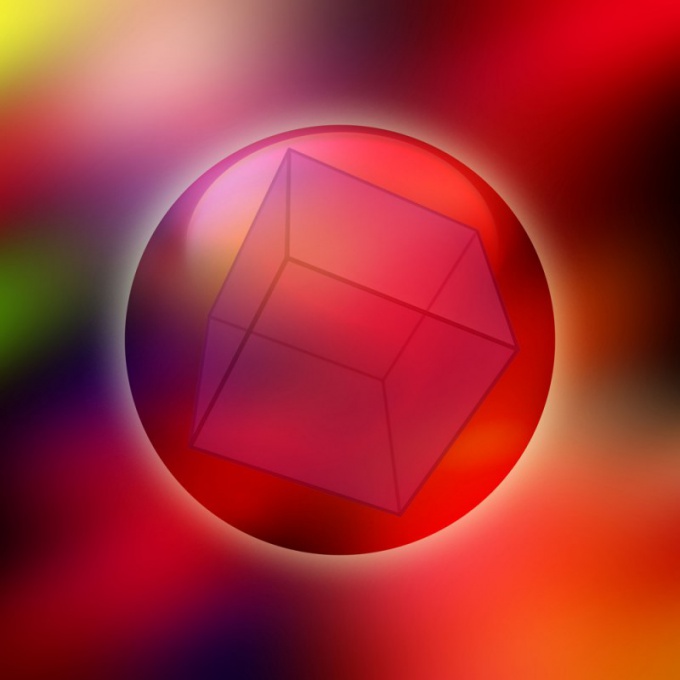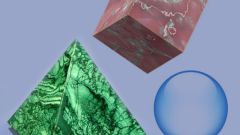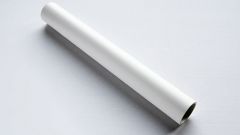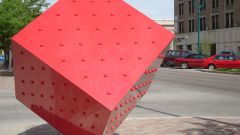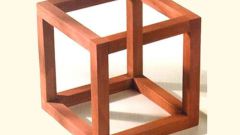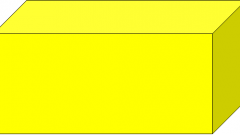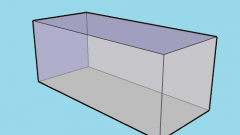Instruction
1
The surface area of the sphere (S) can be expressed as a quadruple product of the number PI of squared radius (R): S = 4*π*R2. The volume (V) of the ball bounded by this sphere can also be expressed using the radius - it is directly proportional to the product of four times the number PI times the radius cubed, and inversely proportional to the three: V = 4*π*R3/3. Use these two expressions to get a formula calculate the volume, linking them via the radius - Express the radius of the first equality (R = ½*√(S/π)) and substitute it in the second identity: V = 4*π*(½*√(S/π))3/3 = ⅙*π*(√(S/π))3.
2
A similar pair of expressions you can make for the surface area (S) and volume (V) of a cube, linking them via the edge length (a) of this polyhedron. The volume is equal to the third degree of length of the rib (√ = a3), and the surface area is increased six times in the second degree of the same parameter figures (V = 6*a2). Express the edge length using the surface area (a = 3√V) and substitute in the formula for calculating the volume V = 6*(3-V)2.
3
The volume of a sphere (V) can be calculated and the area is not the entire surface, but only the individual segment (s) whose height (h) is also known. The area of the surface must be equal to the product of twice the number PI times the sphere radius (R) and the height of the segment: s = 2*π*R*h. Find from this equation the radius (R = s/(2*π*h)) and substitute into the formula linking the volume with the radius (V = 4*π*R3/3). As a result of simplification of the formula you should have this expression: V = 4*π*(s/(2*π*h))3/3 = 4*π*s3/(8*π3*h3)/3 = s3/(6*π2*h3).
4
To calculate the volume of a cube (V) area of one face (s) any additional parameters do not need to know. The edge length (a), regular hexahedron it is possible to find the square root of the face area (a = √s). Substitute this expression into the formula linking the volume with the size of the cube (V = a3): V = (√s)3.
